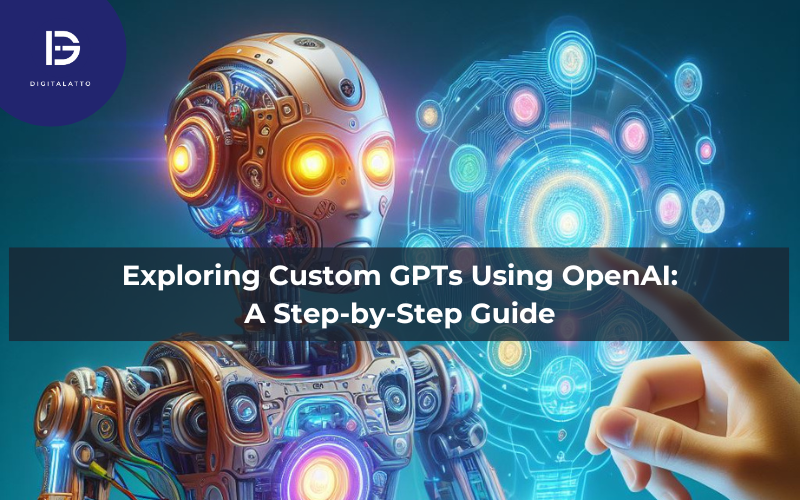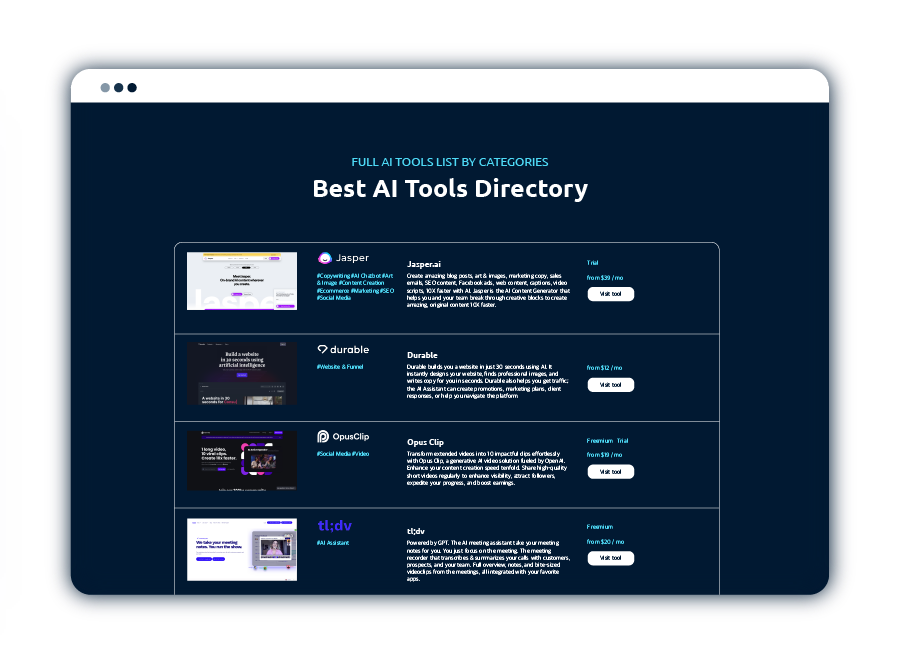
In recent times, the ability to create custom GPTs (generative pre-trained transformers) using OpenAI’s GPT platform has become more accessible. This has opened doors for businesses to craft AI models tailored precisely to their unique requirements. In this detailed tutorial, we’ll walk you through the process of building a robust custom GPT, integrating both knowledge and custom action components for optimal performance.
To embark on this journey, you’ll need a paid ChatGPT account, which is priced at $20 per month. Once you have your account set up, head to the ChatGPT homepage and click on the “Create” button to initiate the process of building your custom GPT.
In the “Configure” section, you’ll provide essential details such as the name, description, and instructions for your GPT. For instance, if you’re creating an AI assistant for a personal training company called “TheGym,” you might name it “TheGym’s Sales Assistant” and focus its capabilities on aiding junior sales representatives.
Custom actions are key to expanding your GPT’s capabilities beyond standard responses. In the “Add Actions” section, you can introduce custom actions tailored to your business needs. For example, you could create a custom action that gathers information from clients about their training needs and feeds this data into an external API for pricing calculations.
Your GPT’s knowledge base is its foundation for providing informed responses. Upload relevant documents, guides, or training materials that your GPT can refer to when generating answers. This could include sales processes, client data, or any other pertinent information related to your business.
If your GPT requires functionalities beyond text-based responses, you can integrate custom code snippets using platforms like Ripplet. For instance, you might develop a custom personal training calculator tool that provides pricing estimates based on client input.
Engage in conversations with your GPT to test its knowledge, custom actions, and code integrations. Verify that it can provide accurate answers to knowledge-based questions and execute custom actions seamlessly.
Once satisfied with your custom GPT, save the configuration and specify privacy settings based on your preferences. Your GPT is now ready for deployment and can assist with a range of tasks within your business operations.
By following this comprehensive guide, you’ve successfully created a custom GPT tailored to your business needs. Embrace the potential of GPTs to innovate your business operations and stay updated with AI advancements for continued optimization and impact. With GPTs, you’re unlocking a new era of efficiency and innovation in AI-driven solutions.

Get 300+ AI Tools